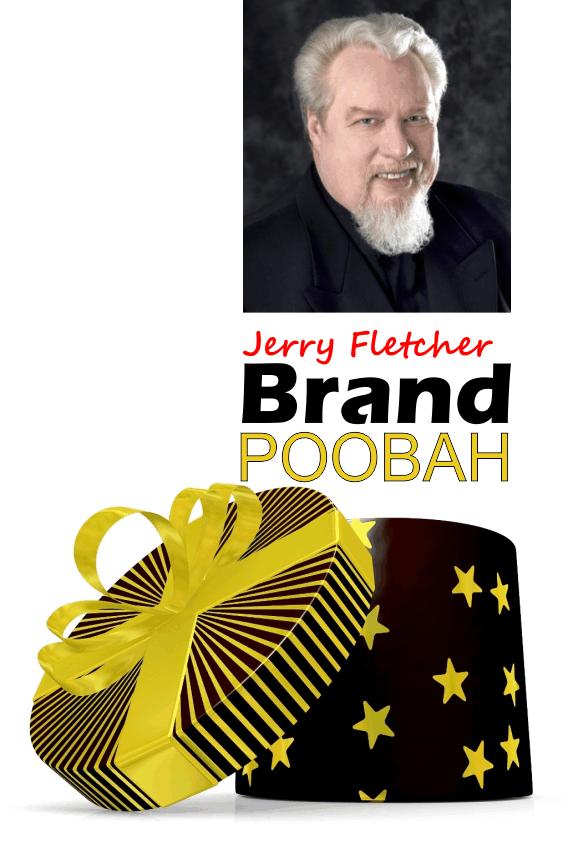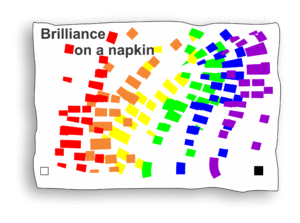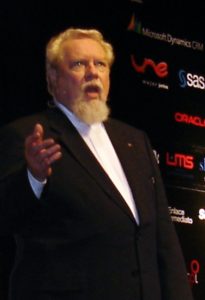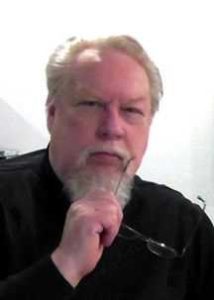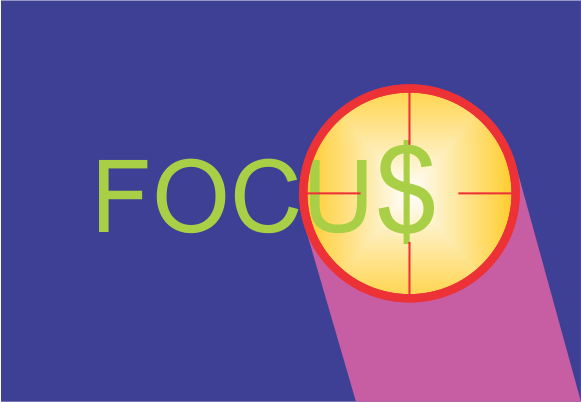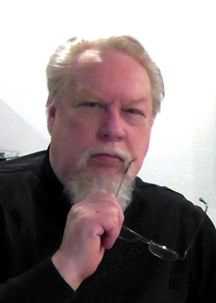
The e-mail from someone I’d never met pushed for the sale with the first words.
Fresh Meat
If you’re further up the food chain that e-mail was an open invitation to line up a new client. Cold calling with a hard over sales approach does not work if you are selling consulting, particularly high-end.
On line or in person any time you use direct communication you need to already have a connection or be in the process of activating one. That hard sell e-mail is, for me, a cry for help.
Let ‘em buy
The most successful sales people and consultants I have ever met gave me the same advice:
“You can’t sell anything if they don’t want to buy.”
“Stop closing! The less you close, the more successful you’ll be.”
“People buy when they’re ready not when you tell ‘em to”
“Your job is to stay connected while giving them all the info they need including the purchase agreement when they’re ready.”
“They come to your website looking for information. Give ‘em the content they’re looking for but help them buy into you as well as your approach.
Time and energy
In most cases a prospect must meet three conditions:
- They have a problem you can solve
- They can pay for your services
- They are willing to talk to you
Being upfront about your rates after you’ve heard about their problem will pay you dividends both short and long term. I offer a one-hour meeting at no charge so that we can “See if we are comfortable with each other and I can get a better idea what problem they are confronting.” I usually tell them that if I can’t help I’ll recommend someone that might be of help.
Generally, the higher your fee the more you will be expected to meet at no cost. Some organizations will expect you to provide a proposal at no charge as well. Elite consultants are willing to do that if they can have at least an hour of the senior officer’s time and agreement to candidly discuss the perceived problem and the value of a solution to the company
Going retail
Smaller problems, ones that can be solved in a telephone or Zoom session or two need a slightly different approach. It is more retail oriented. Your offering can be presented in a website that is filled with information that is infused with your viewpoint. Including video of you delivering some of your advice is a positive approach.
You may want to have them pay for a session with an established hourly fee paid in advance. But you must make it as easy as possible for them to set an appointment and pay online. There are apps available that easily integrate with your web site.
If the web site visitor is interested in your services they will find your pricing page. Linking pricing and appointment apps on the same page will pay dividends.
Price Points
The price for the service offered is where consultants often go astray. It is not unusual, even in B2B negotiations for the consultant to be asked for his/her hourly rates. Consider this increasing price/value/meeting scale:
Price Value Meeting description
$200/hr Instant answers Meeting via appointment, phone or Zoom
$200-500/hr Report issued In person or zoom based on geography
$1000/hr Strategic Planning Reports & Timelines agreed to in advance
Fixed Fee Plan & Implement Time required to reach solution agreed to.
Fee +Comm Plan/Implement Agreed solution plus additional impacts
Variables
Your kind of consulting practice will impact how you approach the market. You may tend to maintain a client relationship for months or years. In those situations, a retainer may be the better option. Or, you may be available at a specific rate just to assist in defining the problems that come up over time. Of course, engagement rates would be set separately. Top notch consultants have all kinds of inventive pricing schemes. The most inventive are lined to long-term client relationships.
And so it goes.
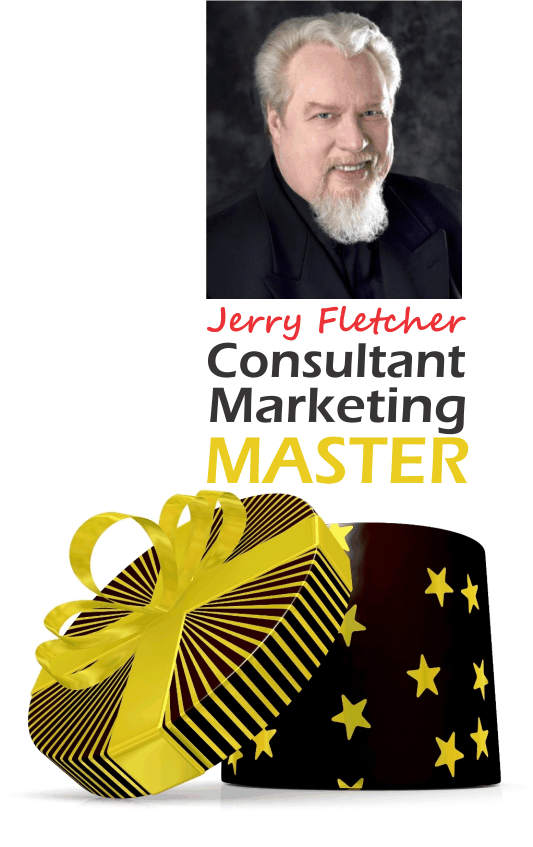
Jerry Fletcher is a sought-after International Speaker, a beBee ambassador, founder and Grand Poobah of www.BrandBrainTrust.com
His consulting practice, founded in 1990, is known for on and off-line Trust-based Consultant Marketing and Brand development advice that builds businesses, careers and lives of joy.
Consulting: www.JerryFletcher.com
Speaking: www.NetworkingNinja.com
DIY Training: www.ingomu.com


